If you’re already feeding raw or considering making the switch from kibble, good for you! There’s a 100% chance you’ve done some research exploring the good, the bad, and the complicated of a raw food diet.
While your Chief Grouch Officer or Miss Meowsie might love going down a rabbit hole, it’s less fulfilling for us humans. Right about now, you may be wondering whether High-Pressure Processing (HPP) is a safe way to mitigate risky bacteria, like E.coli or salmonella. Understanding the pros and cons of HPP can help you make an informed decision about how to feed your pet to keep them happy, healthy, and full of excited wiggles.
Let’s dig in to learn more about how HPP works and what the research says.
On the Agenda
What is HPP?
HPP uses ultra-high pressure to destroy harmful pathogens and preserve food. It’s the pasteurization process du jour in both the people-food industry and raw pet food industry.
HPP doesn’t use heat or additives, both of which can compromise nutritional value and make food look, taste, or smell off in a really off-putting sort of way.
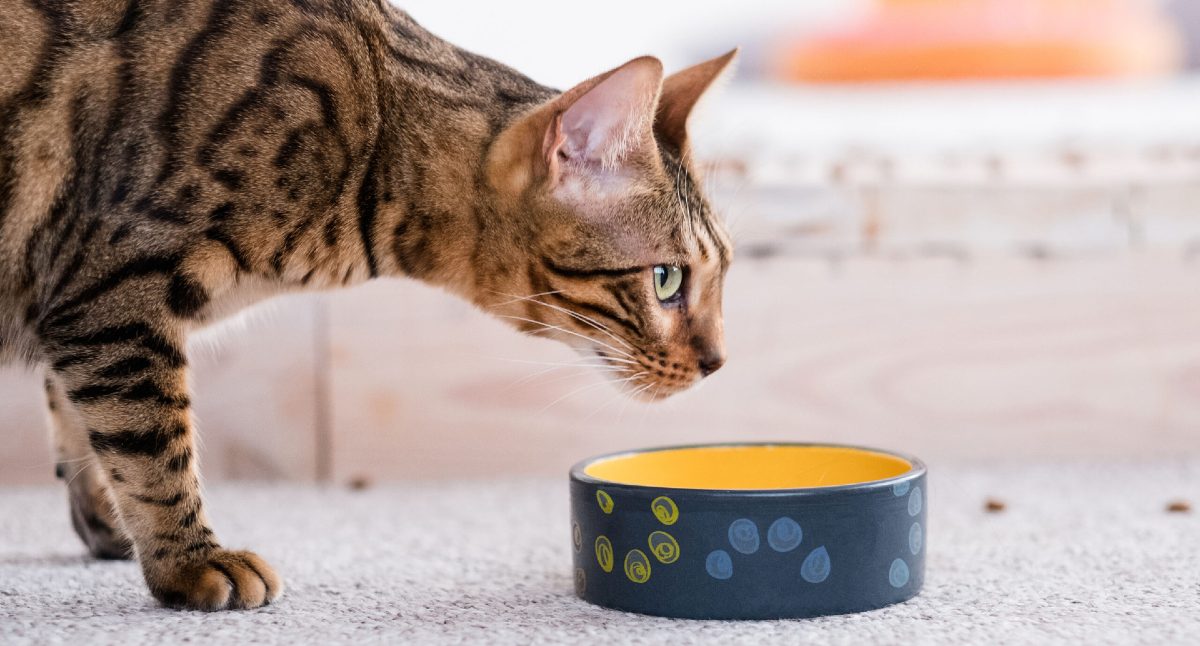
Sounds Like A Great Idea, Right?
Food that comes out of a package and also tastes like food might seem like a miraculous work of culinary innovation, but HPP has the raw pet food community aflutter with division. Maybe not quite as intense as the paleo vs. vegan debate among humans, but still contentious.
Some in the raw community believe HPP is a safe and effective way to eliminate the bad bugs in food, while others are beleaguered by existential angst over whether HPP’d food can even be considered raw.
How Does HPP Work?
Now that we’ve gotten our paws wet let’s dive into how HPP works. In a nutshell, HPP happens in five simple-ish steps:
- Food products are hermetically sealed in flexible packaging, like a pouch.
- The package is placed in a chamber, surrounded by essentially an intertube of water.
- The chamber is filled with fluid, usually cold water.
- Ultra-high levels of pressure are applied to the food via the fluid– 85,000 PSI.
- The package stays under pressure for a set period of time– 300 seconds.
This all sounds pretty unremarkable, but when we say “ultra-high” levels of pressure, we are not kidding.
The amount of pressure applied during HPP is analogous to the pressure found in the deepest place on earth – the Mariana Trench. That’s seven miles below sea level and deeper than Mount Everest is tall. Most HPP foods undergo a pressure about five times that of the pressure in the Mariana Trench (Oh My Dog).
Not much can survive this level of pressure, including microorganisms in food.

What Are the Pros & Cons?
The Yay-sayers That Are Down With HPP
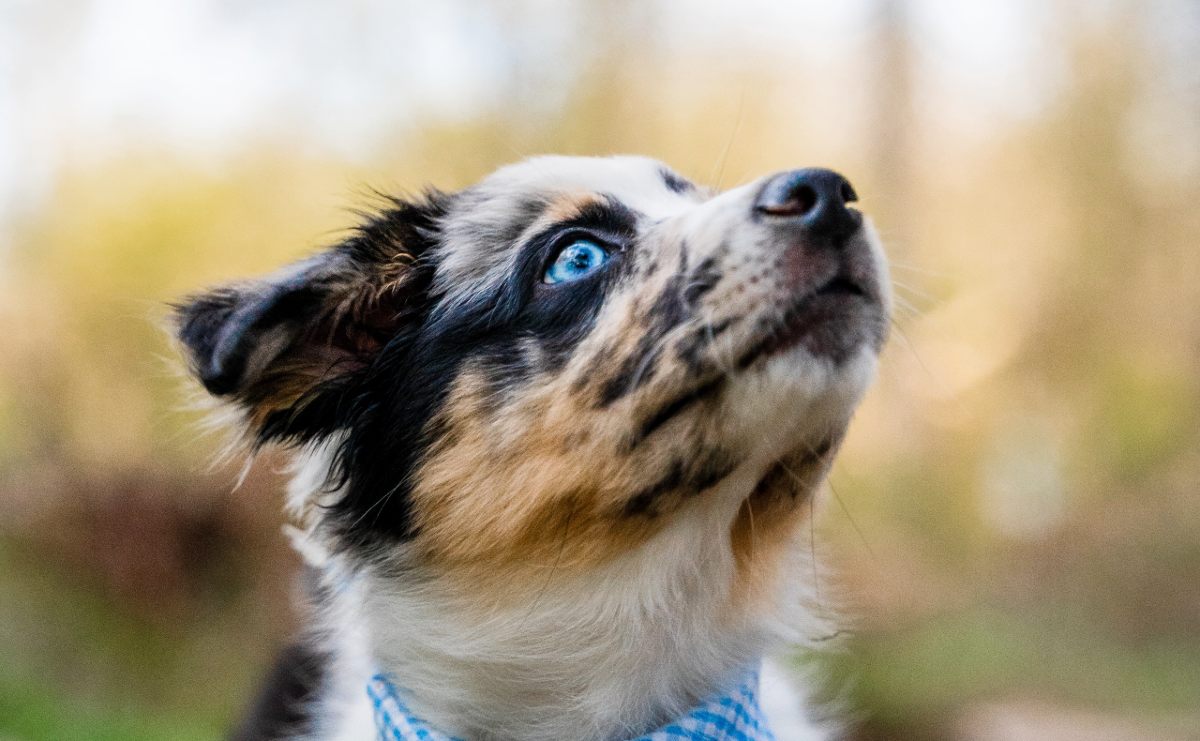
A number of raw pet food companies have enlisted the help of third-party researchers to better understand HPP and its effect on food. Multiple studies have shown that HPP raw diets were bioequivalent to non-HPP raw diets, making HPP a desirable option to safely manage microbes and preserve nutrition.
All those in favor of HPP have cited a few key benefits –
Tastiness – Proponents say food tastes just as wildly delicious after HPP as it does beforehand.
Nutritional value – Studies have shown that HPP does not affect vital nutrients, so your pet gets all the goodness he needs to play, bark at strangers, and run amok at the dog park.
A win for food safety – HPP has been shown to eliminate most food-borne pathogens such as Salmonella, E. coli, and Listeria, making food safer and extending its shelf-life
Gateway raw – As bacon is to reluctant vegetarians, HPP can be a gateway to introduce raw-hesitant people to feeding their pet a species-appropriate diet.
Nay-sayers, Now You Have Our Full Attention

For pet parents who want to avoid processed dog foods entirely, HPP (keyword – processing) is off the table.
When placed in the context of, “Isn’t HPP’d food better than kibble?” the answer is a resounding yes. But for many pet parents, that’s a pretty low bar.
Those with raised eyebrows have voiced more than a handful of concerns about HPP:
Proteins are denatured – The high pressure used in HPP alters proteins, which can affect the nutritional value of the meat.
Bye, beneficial bacteria – Like humans, our pets need friendly bacteria in their gastrointestinal tracts to balance the complex community of microbiota known as the gut microbiome. HPP is an equal opportunity destroyer, eliminating both the good and bad bacteria in foods.
Risk of recontamination (if the container is reopened) – Bags and containers are routinely opened in the pet food process to form the meat and in the case of air-dried or freeze-dried companies who use the process, to dry the meat. (You can’t HPP dry material because it would be entirely powder.) Recontamination is the reason for most pet food recalls.
Potential transfer of phthalates to food – Chemical compounds in food packaging have been linked to thyroid issues and obesity in pets and humans. Studies have not confirmed or denied whether phthalates are transferred to food during processing, meaning more research is needed before we can accurately assess this risk.
The process adds expense for the producers and consumers– roughly an additional $1.62 per lb.
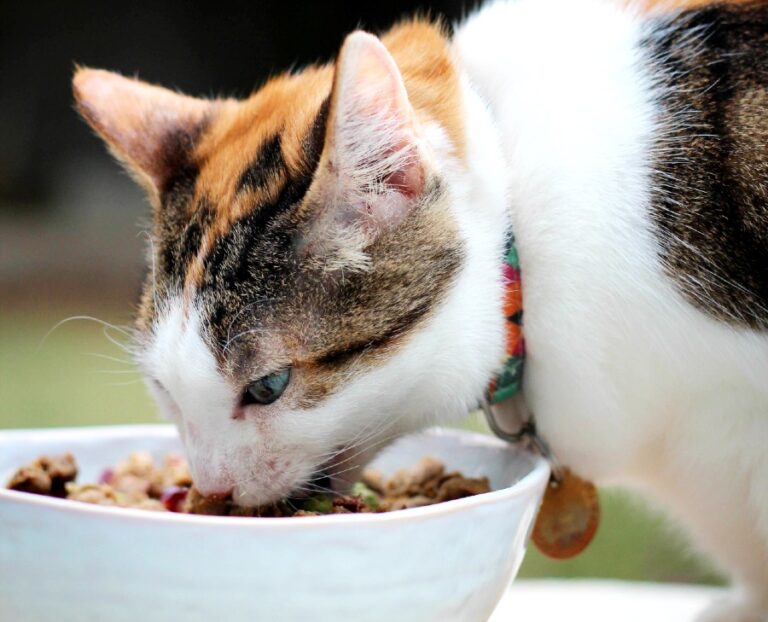
Unprocessed raw food is already safe.
Most commercially available raw foods are grain-free and therefore mycotoxin-free.
The quality raw pet food brands use high-quality, human-grade meats sourced from healthy animals.
Microbially responsible food processing lowers the risk of recalls.
- Raw is raw – HPP is, by its very nature, a process. Many raw food enthusiasts contend that foods that have undergone HPP can no longer keep their “raw” cred.
Why Do So Many Raw And Freeze-Dried Pet Food Companies Use HPP?

The FDA’s Food Safety Modernization Act of 2011 (FSMA) mandated new regulations for both human and pet food suppliers, chief among them the “Zero Tolerance” mandate for pet food companies. This requires that any pet food sold is free from E.coli, salmonella & listeria.
This standard is so high that even human foods are not required to comply with it.
Raw pet food companies employ a range of responses to the FDA’s standards, but HPP is the most popular.
The Downsides
There are more than 2,500 strains of Salmonella.
Guess how many are harmful?
If you guessed about 100, you win. Of these 100, only a handful of strains cause the majority of illnesses. But the Zero Tolerance policy covers every strain of Salmonella, which is why there is an ongoing scuffle between raw food companies, the FDA, and the USDA about this standard.
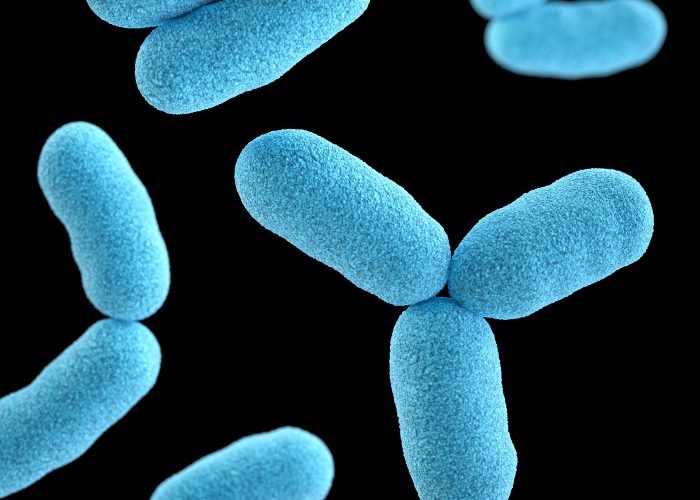
The Upsides
It keeps both humans and pets safe because, unfortunately, 4D (dead, dying, diseased, or downed) meats are allowed in pet foods.
While dogs tolerate bacteria (that whole omnivore v carnivorous species thing), the bacterial load from a healthy, well-cared animal is very different from the bacterial load found in 4D meats. Their systems aren’t invulnerable to the high bacteria loads that 4D meats are known to carry.
It is also much safer to handle clean, quality food than handle 4D meats that could cause serious health issues for the immunocompromised among us.
Until we address the use of 4D meats as an industry, this policy protects our pets’ welfare.
Dr. Bessent’s Perspective

From the DIY raw feeders to commercial, the reality is everyone has the bacterial load of meats to contend with– and the best defense against it is sourcing quality meat first and foremost.

As carnivores, dogs and cats are designed to healthfully process the normal bacteria loads found in their prey. That’s why pets can (and do!) lick their butts, eat poop, and not die (though their parents may die from embarrassment when these behaviors happen in public). But, a carnivore’s skillset is only as good as the quality of meat they’re eating.
In a dream world, the rancid, bacteria-laden 4D meats and meat meals wouldn’t be allowed in pet food, but that’s not the case. So, regulations and processes have to be in place.
We aren’t going to tell you to choose or not choose foods processed with HPP. That’s for you to decide. Instead, we can offer a bit of guidance when you are choosing.
The best guidance? Ask questions…
- About sourcing and the quality of their ingredients, including meats
Are they using real, whole foods?
Clean, quality, USDA-inspected meats and organs, including grass-fed beef and wild-caught fish
Grocery-grade, non-GMO organic fruits and vegetables
A whole food calcium source like USDA-inspected necks (avoid bone meal)
- About transparency
Is the food third-party tested for pathogens?
A quality pet food company may have a lookup feature or post these results to verify this.
We can’t speak for other companies, but Dr. Bessent explored all of her options when creating The Simple Food Project recipes, including HPP. She decided to develop her own pasteurization step in the freeze-drying process.
She formulated these diets using only 13-16 real, raw whole food ingredients to give her clients a better option. Each recipe blends freeze-dried and dehydrated food in proportions especially for your carnivore– high in quality, human-grade meats (70-80% per recipe- all USDA inspected) and low in carbohydrates (15-23% from fresh USDA organic fruits, veggies, and seeds).
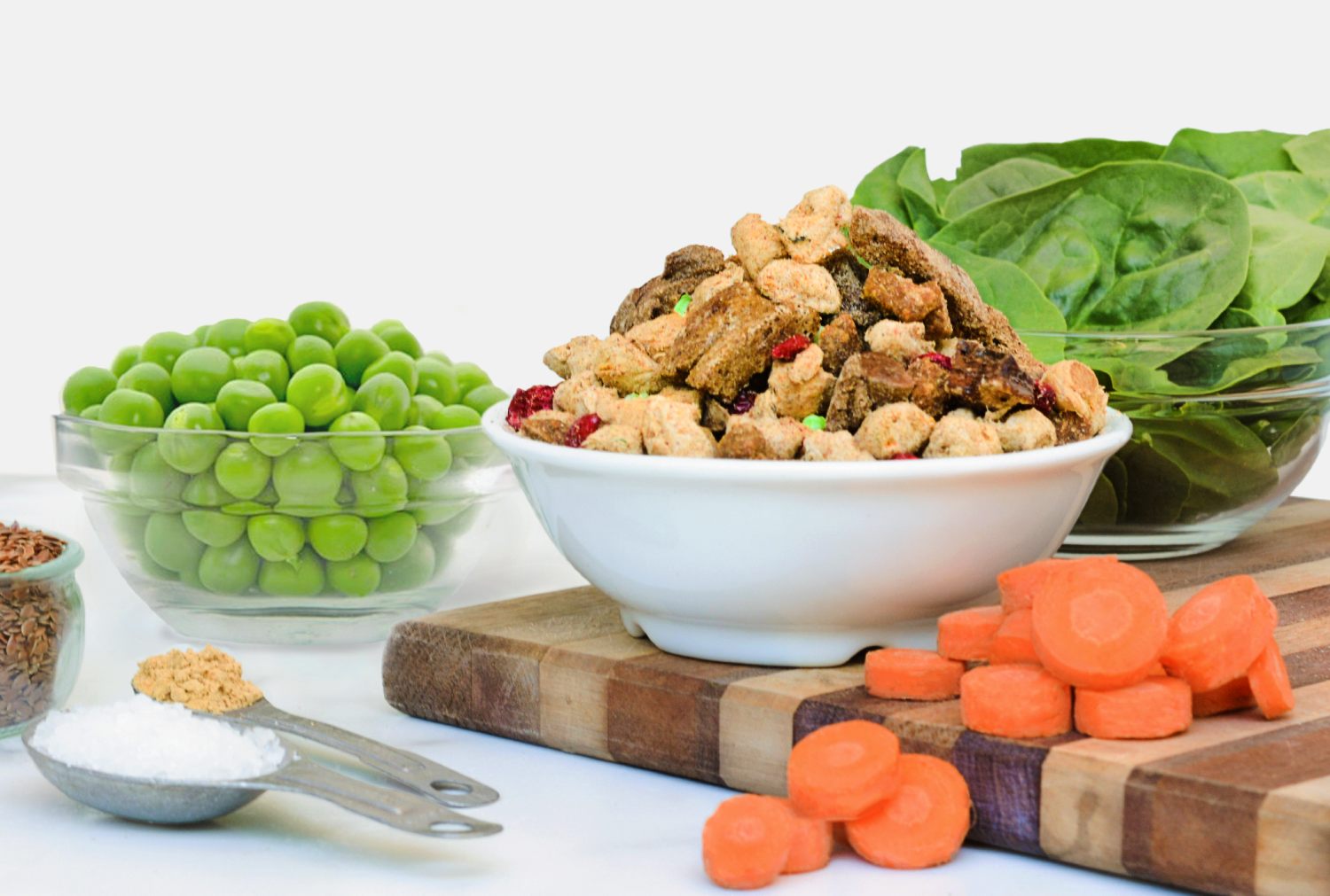
Besides being a safe and effective pasteurization process, the best thing about freeze-dried food is that it retains about 97% of its original vitamins and minerals, so your pup is getting every vitamin, mineral, and antioxidant from food alone. It is the closest option to real, raw, whole food in a shelf-stable form. It allows the average pet parent to feed a species-appropriate diet without having to balance and source a diy raw diet.
Ultimately, it’s up to you. Whatever you do, you’ve got options, information, and questions in tow. And you’ll be able to check off what matters most– real, whole foods for your carnivore.
Share this Post
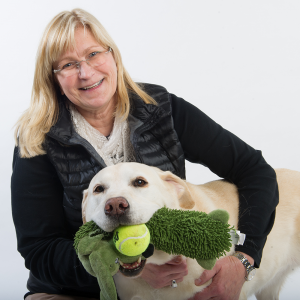
Dr. Chris Bessent
Chris Bessent, DVM, MSOM, Dipl. OM, L.Ac. has over thirty years of experience in veterinary medicine including certificates in veterinary acupuncture, veterinary chiropractic and veterinary Chinese herbology. Imbued with Eastern philosophy and the knowledge that food is the foundation of health, Dr. Bessent also received her degree in veterinary nutrition and began to formulate recipes fit for a carnivore from nothing but whole foods. Currently, she divides her time between the Simple Food Project and Herbsmith, both of which are owned and operated out of her facilities in southeastern Wisconsin.

Jen Stiff
Jen is a freelance writer, editor, and storyteller. She lives in San Diego with her rescue dog, Meatball (breed: Alaskan Eskimo chicken nugget remix). Meatball meows like a cat but does not bark and loves sunshine more than life itself. Besides Meatball, Jen also loves toast, traveling, and reading under puffy clouds.

Kayla
Kayla is the Content Writer for The Simple Food Project. She has a cat named Professor Cat-Faced Meowmers, who goes by Kitty, and a goof of a dog, named Duck. She stays busy biking trails, playing board games, and searching for the next best craft beer.

